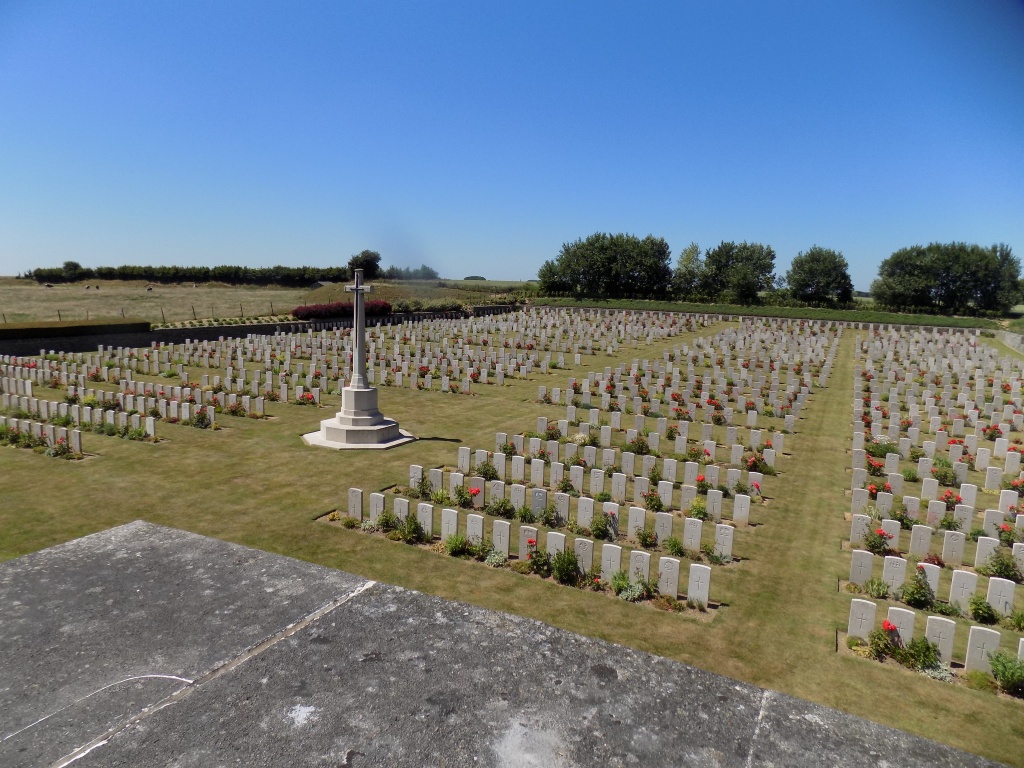John W Ledger
Date of birth: 1890
Date of death: 27.05.1918
Area: Outwood
Regiment: Royal Garrison Artillery
Family information: Husband of Elizabeth Ledger nee Pemberton
Rank: Gunner
Service number: 189760
War Service
On the 19th February 1918, John William Ledger enlisted for the Army and joined the Royal Garrison Artillery. After some initial training he was drafted to the 342nd Siege Battery, Royal Garrison Artillery in France. The 342nd Battery had been on the western front since 29th May 1915 and was at this time attached to the 60th Heavy Artillery Group.
The Royal Garrison Artillery developed from a fortress based artillery which, during the First World War, grew into a very large component of the British forces. The development of the RGA saw it armed with heavy, large calibre, guns and howitzers, which were positioned some way behind the front line and had immense destructive power.
The Siege Batteries were equipped with these heavy howitzers and deployed to fire large calibre, high-explosive shells, in high trajectories. The usual armament of the Siege Battery consisted of 6”, 8” and 9.2” howitzers, although some batteries had rail-mounted 12” howitzers. The Siege Battery was often employed in destroying, or neutralising, enemy artillery. They were also deployed to destroy enemy strong points, dumps, stores, roads and railways, behind enemy lines.
In late April and early May 1918, the German Spring offensives against the British Expeditionary Force in Flanders and on the Somme had been halted. After a period of consolidation and re-organisation, the British Army on the Somme had returned to the familiar trench warfare routine. This included raids on enemy held trenches, supported by an artillery barrage, which in turn brought retaliatory fire from the enemy artillery. On the 27th May 1918 Gunner Ledger was killed alongside two of his colleagues from 342nd Battery, probably during one such retaliatory bombardment.
Gunner John William Ledger and his two colleagues, Gunner’s Braithwaite and Tweedie were buried in the Military Cemetery at Bienvillers, a village some 18 km south-west of Arras. The Military Cemetery was begun in September 1915 and closed in March 1917. However the cemetery was reopened from March to September 1918, when the village was once again near the front line. The cemetery was completed during 1922-24, when the graves of 1916 were brought in from the battlefields of the Ancre. Bienvillers Military Cemetery now contains 1605 casualties of the First World War, of which 425 are unidentified.
Family Life
The birth of John William Ledger was registered at Wakefield in 1890. He was the second child and eldest son of Edward and Elizabeth Ledger. The family moved around the Yorkshire coalfield, as his father found work in the coal mines. In 1891, when John William was six months old, the family was living at Temple Newsam in Leeds. However, in 1901, his parents, now with eight children, were living at Railway View, Hightown, Whitwood. A further three children were born before the family moved to Slaithwaite, near Huddersfield.
When at Slaithwaite, his father and siblings obtained work in the woollen mills. John William Ledger also found work in the woollen mills, being employed as a rag grinder. In the spring of 1914 John William Ledger married Elizabeth Pemberton, the daughter of Catherine Pemberton, a widow, of Linthwaite near Huddersfield. Soon afterwards the family, including John William and his wife, moved to Outwood, where work was obtained at Lofthouse Colliery.
 Bienvillers Military Cemetery
Bienvillers Military Cemetery

